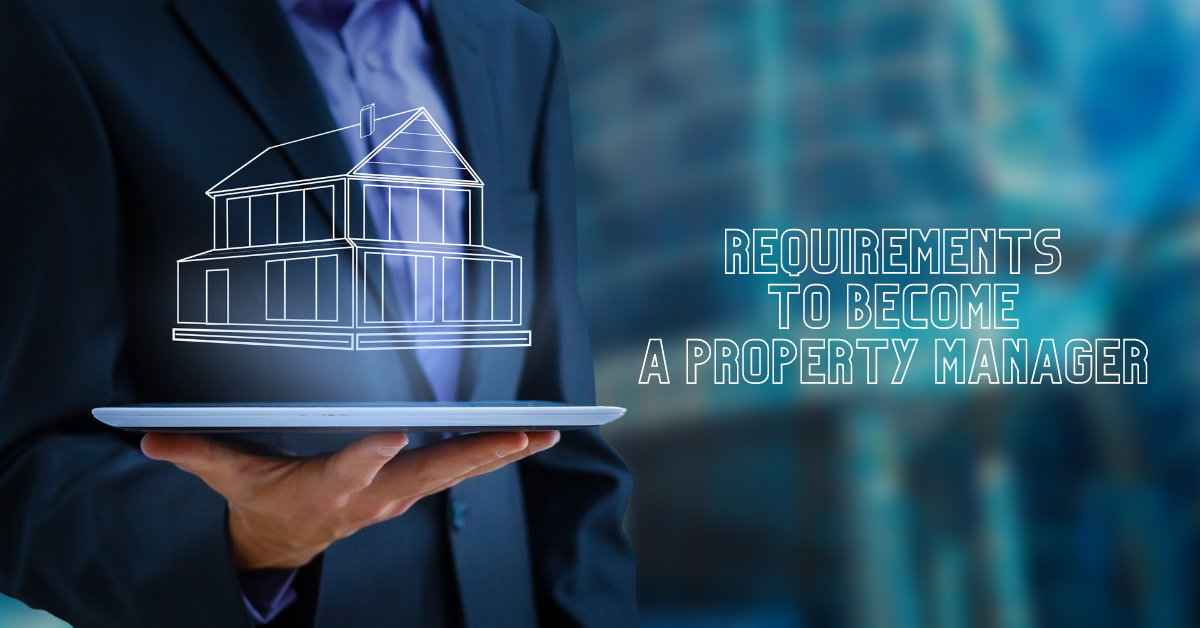
Repair and maintenance (R&M) costs are inevitable as a property owner. These costs, however, don’t have to run your investment into the ground. Property owners can make R&M work to their advantage. Knowing the actual cost of your property R&M can help you draw the line between profit and loss. High-quality repairs and regular maintenance can enhance the value of your property and prevent more expensive problems from arising. Here’s what you should know about R&M – in real numbers.
Record R&M Expenses Accurately
Learning the real numbers behind your property repair and maintenance costs starts with keeping accurate records. It’s up to you as the property owner to keep track of when you schedule repairs and how much you pay. Determining how often to pay for preventive maintenance can help you avoid bigger problems down the road. A common rule for preventive maintenance is a 6:1 ratio with repairs – you should have about six preventive maintenance appointments for every corrective repair your property needs.
Despite R&M being an expense, it won’t always go on your income statement. The type of R&M and how it affects your asset could make it go to the balance sheet instead of on your list of expenses. If R&M increases the useful life of your property, boosts the efficiency of the unit (i.e. a repaired air conditioner performs better than it did before), or the quality of the units the asset produces improves, you can list R&M on your balance sheet instead of as an expense. In general, some R&M will go on your balance sheet while others will go on your income statement.
Calculate Your Real R&M Costs
Once you accurately record your repair and maintenance costs, you can calculate exactly how much you’re spending on R&M. First, record the exact amount of the service. Don’t forget to include the costs of all materials, labor, taxes, and fees. Write down the entire amount of the construction service. Then, deduct your potential savings opportunities, such as tax deductions. Roof repairs, parking lot resurfacing, door and window replacement, floor resurfacing, interior/exterior painting, rekeying locks, and replacing lighting are all deductible costs.
For the most part, if you repair parts of the buildings you own, you can deduct these immediately. This is true if they are, in nature, revenue. If you improve, restore, or adapt your property, you must capitalize and depreciate it. Determining which expenses fall under R&M can be difficult. In general, if repairs result in the renewal of the property, it’s not technically R&M. However, costs to repair or maintain property are R&M. Work with a tax professional to find out the full impact of your R&M on taxes.
Determine Your ROI on R&M
Once you have a list of R&M expenses minus applicable tax deductions, calculate the potential returns you will get from your maintenance investment. Preventive maintenance can have significant economic value. Sum up the value of the equipment that received R&M, estimating the costs you saved from not needing expensive repairs or early equipment replacement. You can calculate the returns on investment (ROI) of investing in R&M by figuring out the degradation rate of your equipment with and without maintenance.
R&M can save property owners thousands of dollars over the lifetime of a property structure or piece of equipment – especially with a trusted maintenance provider. Don’t be afraid of the “costs” of repairing and maintaining your property. Learn more about how Home365 OneRate all-inclusive pricing where property maintenance is included with property management.



